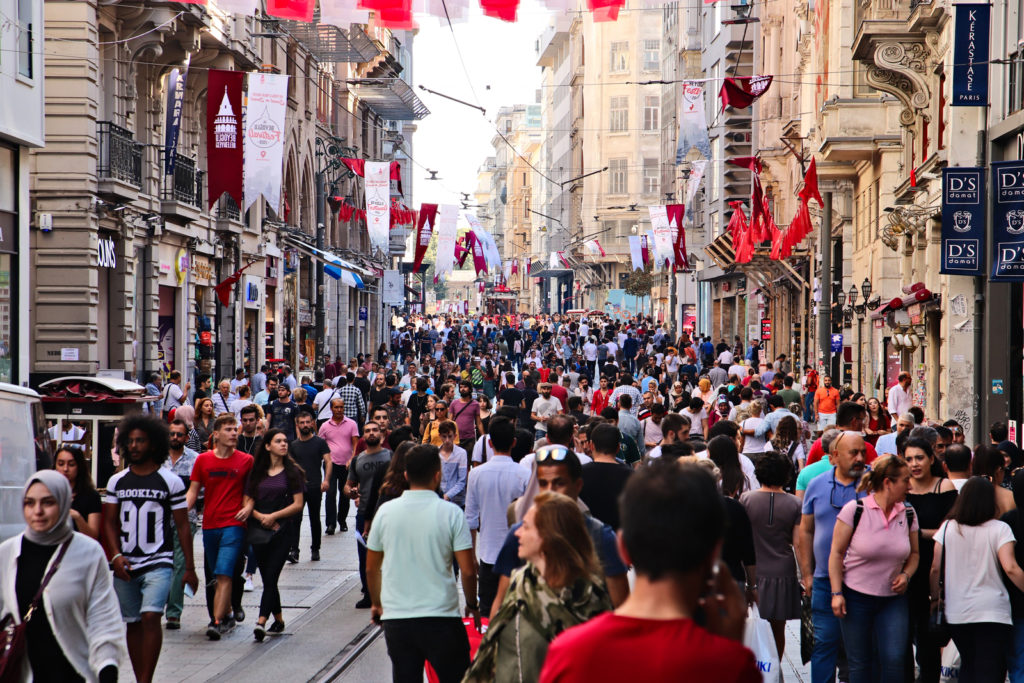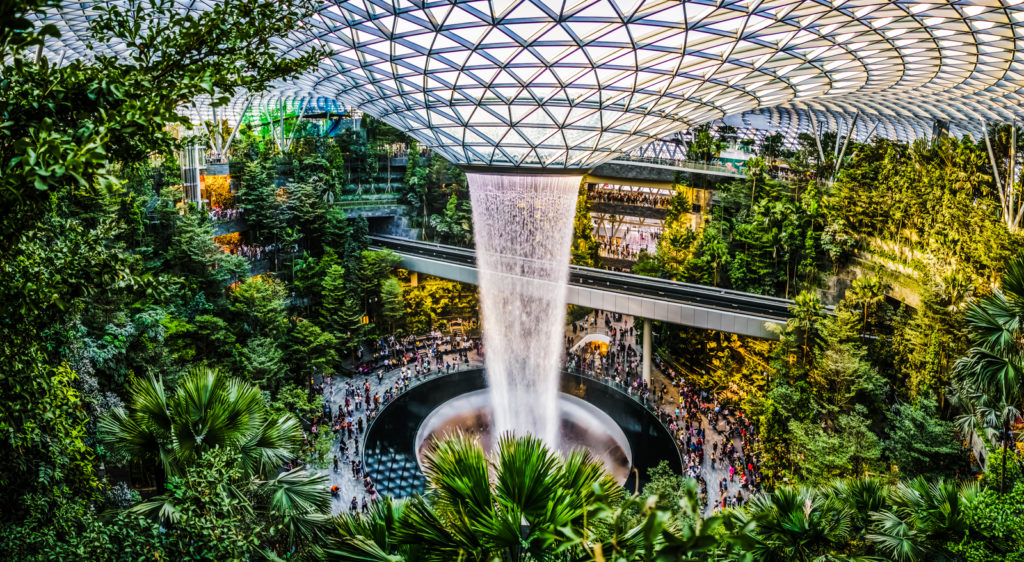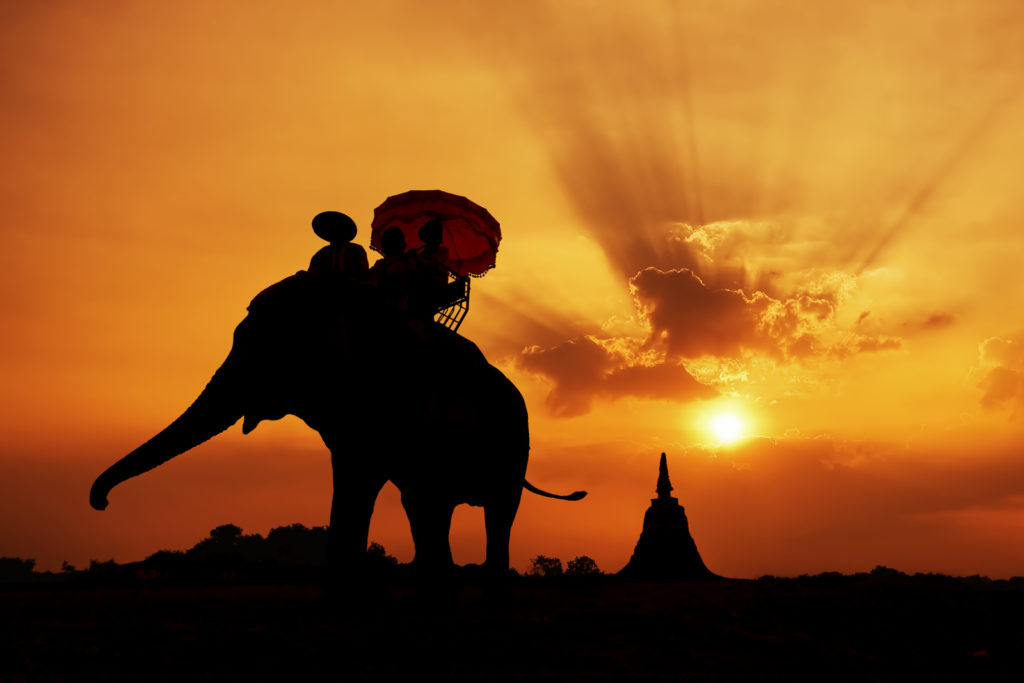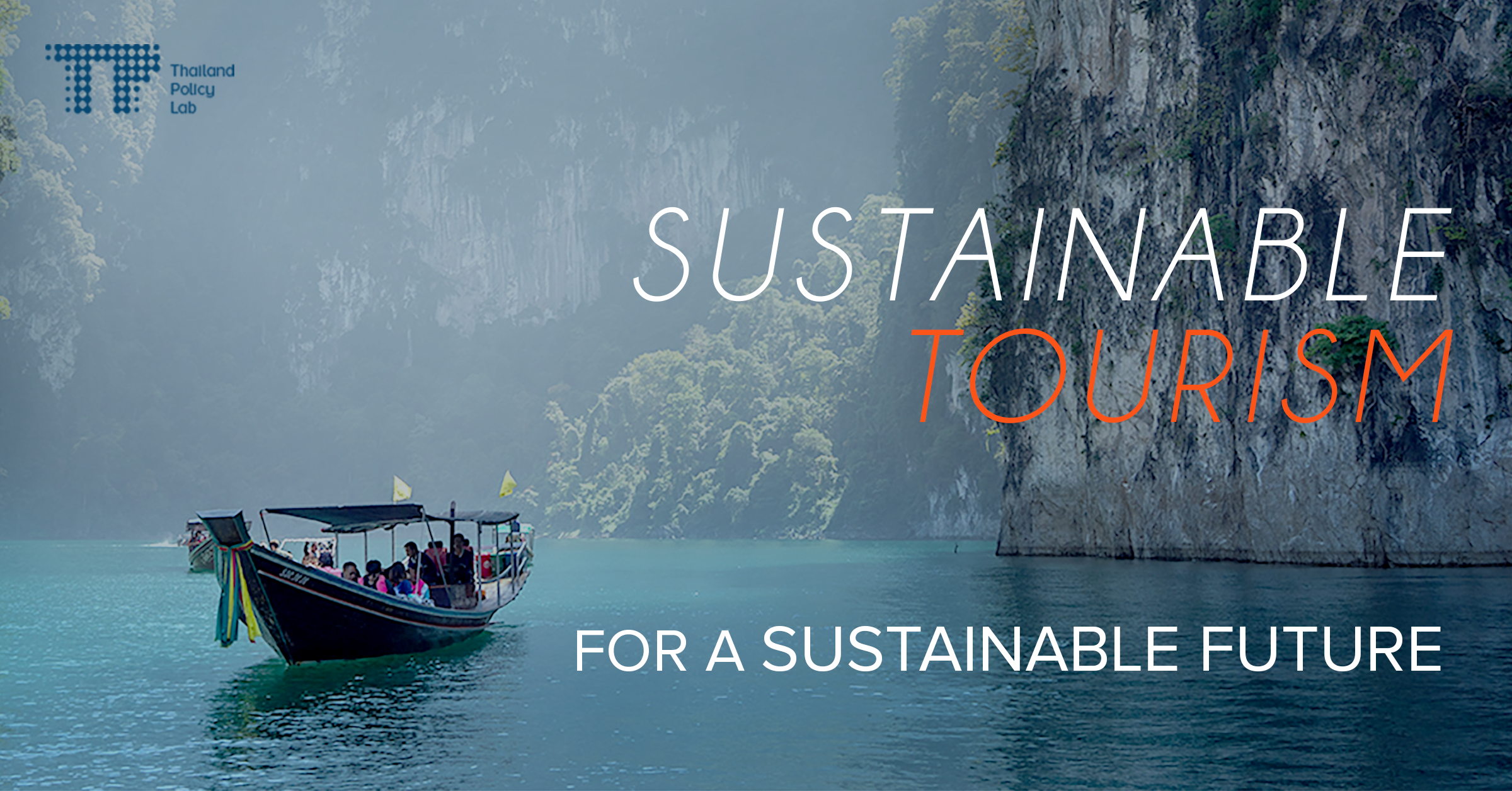Key Insights
- Tourism used to be the main source of income for Thailand, accounting for more than 16% of the GDP. However, in the past two years, the tourism industry has been directly affected by the pandemic, and it has lost up to forty million travellers.
- In Phuket, Chonburi, and Bangkok, up to 50% of the local income is derived from tourism (it is 89% in Phuket.) When everything stopped, the locals lost their income; they could not pay their children’s tuition, they lost life security, and their traditional way of life.
- “Sustainable tourism” is discussed again within the tourism industry, and currently in a more enthusiastic manner than ever before. The term is understood and redefined to reflect not only nature and the environment, but also economic stability.
From ‘Amazing Thailand’ to ‘A Land Dispossessed’.
Thailand’s tourism industry is the face of the nation. With plentiful natural resources, Thailand ranks as a destination one should definitely visit once in life. Tourism income is so essential that it accounts for 16% of Thailand’s GDP, not to mention that 61% of the income is derived from international travellers.
The current Thailand tourism policies are derived from the wrecks and ruins of the Thai economy during the 1997 Asian financial crisis. The Thai government floated the Thai baht, resulting in businesses closing down, and agricultural products turned worthless overnight. The national economy stagnated since the prior investments were mainly in the financial institutions, and as a result the wealth distribution never reached the lower income groups. In the following year, the government promoted the ‘Amazing Thailand’ campaign, creating the image of Thailand as a foremost tourist attraction in the world.
In the past 25 years, the country succeeded in attracting tourists from around the world as well as in gaining a growing number of domestic tourists. Still, the 3.01 trillion baht income from tourism before the pandemic hit did not result in better-built infrastructure in tourist attraction cities, nor did it reduce the inequality in the industry due to foreign investors owning a large number of assets, and the numbers we see are not what the locals actually earn.

“Take the Tourists Back, Bring Back Our Lives”: the Pre-Pandemic Tension in Popular Cities
A stable economy does not also mean individual financial stability. Tourist cities tend to have a high cost of living especially when compared to cities whose main incomes are from agriculture. Without a government-built system to distribute income to the communities, the “invisible hand” will always haul all assets away from the locals, and leave so many behind.
Just before the pandemic, a lot of popular cities around the world started to realize that mass tourism aiming only to gain extremely high revenue, comes with a high price. It uproots traditions and exiles the locals from their own homes. Mass tourism widens inequality, and sometimes the tourists unintentionally destroy the traditions they come to see.
In 2017, the Barcelona City Council surveyed the locals’ state of mind by asking, “what causes the most stress for you in the city?” It turned out 19% of the respondents answered “problems caused by tourists.” This created more stress for the city dwellers than unemployment, pollution, and corruption. The dissatisfaction started in 2014 when some citizens created the ‘Barcelona Says Enough’ campaign to call for a limitation of the number of travellers, and to express their discontent against the current unfriendly-for-locals and unsustainable tourism model.
Much of the same took place in Spain’s capital Madrid , as in pre-Covid19 times it was full of tourists who came to see the city’s attractions. Hotels sprang up all across the city, and homes and vacant rooms were used to accommodate tourists. The city dwellers themselves migrated to the outskirts and commuted to work in the city. They could no longer afford the high housing prices. A large amount of revenue from tourism comes at a price; namely, stress and struggles for the citizens. The issue is something the government must find a solution for to strike a balance between tourism and the well-being of the locals.
Looking back at Thailand, most of our tourist cities face the same problem. Tourism disrupts the way of life and leads to the high cost of living in tourist spots. The sad reality is that local policy-making is detached from the communities, focusing only on the satisfaction of the tourists. Those who call for change also become a target since change might disrupt the income of the stakeholders.
When no one can guarantee the quality of life nor financial equality, the demand for change is nearly impossible to answer. But this is not an entirely new issue; numerous countries have been through the same incident before as they adapt and try to change their attitude towards tourists from “money-giver” to “those who come to see our culture.”

Forests in a City, the Sustainability Before Time
“You cannot chew gum there.”
“Their streets are so clean.”
“You know, there are trees all around.”
These are narratives about Singapore we have always heard. Strict rules become a fascination for tourists to visit once in their life. The small island nation (bigger than Phuket by 200 sq.m.) just gained independence in 1965. Nevertheless they managed to develop to the point they became leaders in various areas. Singapore ranks first as a crime-free city and despite the small number of travellers, they rank second as an Asian tourist attraction destination, the first ranked being Japan. Their success recipe does not depend on building an exciting and glamorous city, but on investing in the citizens’ quality of life.
Clean streets, wide sidewalks, accessible trains. Singapore has all there is to accommodate and provide seamless services to tourists. This responds well to the Free Independent Traveler (FIT) trend. The basic infrastructure is not built for tourists; it is for the quality of life of the dwellers. Unsurprisingly, conversations about Singapore often start with how great their city planning and services are, followed by travelling experiences.
Is this the definition of sustainable tourism? People often understand the term to be related to the environment such as travelling to natural sights, not using plastic-made products or supporting community enterprises. These are just a few constituents especially when we consider Singapore as a model. Sustainable tourism is a shared experience between the tourist and the locals in terms of the economy, society and environment without anyone being left behind. This includes public transport as a factor, since an efficient public transport translates to a friendly experience for both the citizens and travellers. Singapore does not build its tourism industry by detaching it from people’s daily lives, which helps make sure that the local quality of life is maintained.
At the end of last year, Singapore launched the ‘Singapore Reimagine’ campaign as its national agenda towards sustainable tourism so as to ensure safety and connect everything seamlessly to attract travellers in this post- pandemic situation.

The Mass Exodus and Changed Tourism Trends. Where Is Thailand on the World Stage?
Just last year, 2 million workers migrated back to their hometowns. In and amongst those numbers are fresh graduates affected by the pandemic who went to work from home, and also the unemployed. There are certain questions these workers ask themselves: If the pandemic is gone, do I need to get back to the city? If not, how do we live on? The tourism industry stopped almost completely in the past two years. This has changed people’s ways of life; they are trying everything they can to learn new skills for the new jobs they have never done before.
The tourism industry in other countries is facing the same difficulty. Some have come up with campaigns to support local tourism for the economy to move forward, and they have financially supported both tourists and enterprises in times of crisis. Their policies correspond with the number of vaccinations and reduced infections to ensure trust. And certainly, the government has to work with different stakeholders, so the citizens have to be able to access information easily and accurately with a well-built system and welfare.
Even though the number of people who board flights decreased by sixty-six percent, travellers in small cities increase significantly. Enterprises in Majorca Island, Spain, said that since the number of vaccinations increased, people have started to travel again, but with a different pattern. Now most international travellers stay for a long period of time, and they travel to change work locations and to relax at the same time. They focus on new experiences, especially the local culture, and basic conveniences such as the internet, safety, transportation and low prices. All of these factors help travellers make up their minds
The latest policy by the French government is also fascinating. Last May, the French government launched a Culture Pass application that granted 300 euro for 18-year-olds across the country. The teenagers can use money to spend on anything culturally, books, vinyls, paints, music instruments, museums, movie tickets, concerts. More than 8,000 enterprises participate in the campaign which creates both economic boost and opportunities for the youth.
Tourism Can Reduce Inequality
In Thailand there has been a conversation about sustainable tourism for the past ten years, but it has more of a marketing content rather than being actual sustainability talks. Conversation about this is still challenging as it needs effective communication to the public to understand that sustainable tourism can benefit everyone.
A large proportion of Thai citizens are living in poverty and tourism can be the solution to this. Tourism can be a tool used to develop rural areas, just as what Japan has done and still does. Japan develops its local products and culture to be known among their own population and international travellers, succeeding in attracting travellers to visit different cities that are supported by efficient infrastructure to accommodate travellers.
In the case of Thailand, a long-term tourism policy could create new results. We could start by improving infrastructure for every city, creating space for participation from the locals, creating jobs to distribute wealth, or designing tourist attractions to be a part of the traditional way of life. This new tourism must ensure that the vulnerable are included; namely, women, children, the elderly, and persons with disabilities. These are often left behind in development.
Applying the sustainable development goals (SDGs) as development assessment tools, you will find that tourism can help realize those goals by for instance resolving poverty, achieving gender equality, building innovation and quality infrastructure. Thailand has at multiple times been through crises that affected its tourism in the past twenty-five years, and this proves that we need to better connect tourism and communities. The industry will always be fragile unless the communities are included.
The soul of a nation is its citizens. Tourism policies, no matter what exactly they entail, should be able to elevate the quality of life: this is the new definition of sustainable tourism. A journey starts from packing your bags, finding information, and being on your way to the destination. We absolutely need to make sure those experiences always allow our own citizens to benefit from them.

